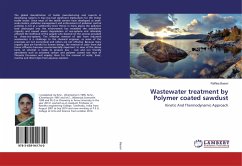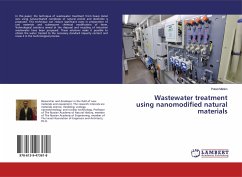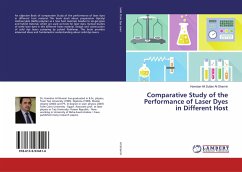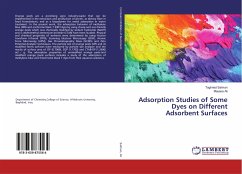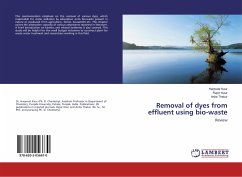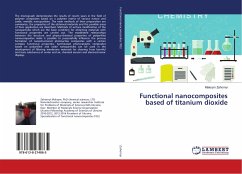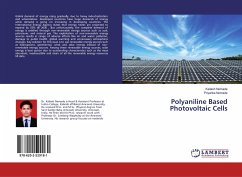The global diversification of textile manufacturing and exports in developing nations in Asia has had significant implications for the Indian textile sector. Since most of the textile centers have developed as small-scale clusters, pollution management and enforcement of pollution control activities is not at a satisfactory level. Hence in many places the pollution load discharged into the environment has exceeded the assimilative capacity and caused severe degradation of eco-systems and ultimately affected the livelihood of the people who depend on the services provided by these eco-systems. The effective removal of dye from industrial wastewater is a challenge to the chemical engineer, as some of the processes are not economical and others are not effective. Because many organic dyes are harmful to human beings, the removal of color from dye house effluents becomes environmentally important. In view of the above facts, an attempt is made to prepare low - cost and eco friendly adsorbents such as activated carbon and polymer coated saw dust of Thevetia Peruviana and employ them for the removal of acidic, basic, reactive and direct dyes from aqueous solution.
Bitte wählen Sie Ihr Anliegen aus.
Rechnungen
Retourenschein anfordern
Bestellstatus
Storno

